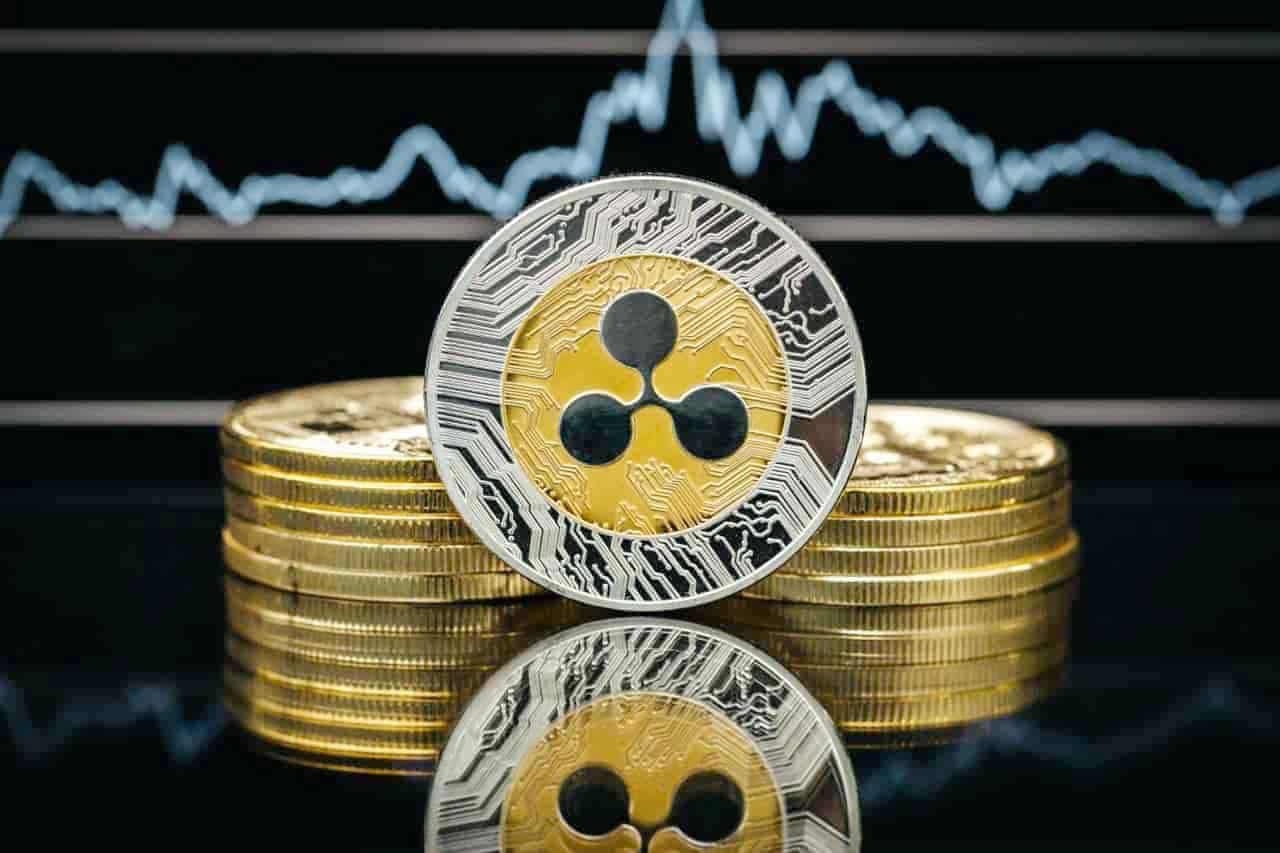XRP’s Renewed Optimism: A Detailed Analysis
XRP, the digital asset native to the Ripple network, has been experiencing a surge in optimism as its price hovers around the $2.45 mark. This revival in investor interest comes after a long-drawn bearish trend that saw XRP’s value plummet to a low of $0.22 in late 2020. In this blog post, we’ll delve deeper into the reasons behind this renewed optimism and discuss its potential implications for individual investors and the global financial sector.
Factors Fueling XRP’s Price Surge
Several factors have contributed to XRP’s recent price rally. One of the most significant drivers has been the ongoing legal battle between Ripple Labs, the company behind Ripple, and the United States Securities and Exchange Commission (SEC). The outcome of this legal battle could potentially determine XRP’s status as a security or a currency, thereby impacting its regulatory landscape and investor sentiment.
Additionally, Ripple’s partnerships and collaborations with various financial institutions, such as MoneyGram, have played a crucial role in bolstering XRP’s reputation and use case within the global payments sector. Furthermore, the increasing adoption of decentralized finance (DeFi) platforms and the growing interest in digital assets as a whole have also contributed to XRP’s renewed optimism.
Implications for Individual Investors
For individual investors, the renewed optimism surrounding XRP presents both opportunities and risks. On the upside, a potential favorable outcome in the ongoing legal battle could lead to increased institutional adoption and a potential price surge. Moreover, XRP’s strong use case in cross-border payments and remittances makes it an attractive investment for those seeking exposure to the digital asset space.
However, it is essential to remember that investing in digital assets carries inherent risks, including market volatility, regulatory uncertainty, and potential security vulnerabilities. As always, thorough research and careful consideration are necessary before making any investment decisions.
Global Implications
From a global perspective, XRP’s renewed optimism could have far-reaching implications for the financial sector. If XRP is deemed a currency rather than a security, it could pave the way for greater regulatory clarity and acceptance of digital assets within the financial industry. This could lead to increased adoption of digital assets for cross-border payments, remittances, and other financial transactions, potentially disrupting traditional financial institutions and processes.
Moreover, the increasing use of digital assets in the financial sector could lead to enhanced efficiency, reduced costs, and improved access to financial services for individuals and businesses worldwide. However, it is crucial to consider the potential risks, including the possibility of increased financial volatility and the need for robust regulatory frameworks to protect consumers and maintain financial stability.
Conclusion
In conclusion, XRP’s renewed optimism presents both opportunities and challenges for individual investors and the global financial sector. As the legal battle between Ripple Labs and the SEC unfolds, it is essential to stay informed about the latest developments and consider the potential implications for this digital asset and the broader digital asset space. By conducting thorough research and making informed decisions, investors can capitalize on the potential opportunities while mitigating the risks associated with investing in digital assets.
- XRP’s price has been on the rise, with the digital asset currently hovering around $2.45.
- Factors contributing to XRP’s renewed optimism include ongoing legal battles, partnerships, and the growing adoption of digital assets.
- Individual investors should be aware of both the opportunities and risks associated with investing in XRP.
- The potential regulatory clarity and increased adoption of digital assets could have far-reaching implications for the financial sector.





